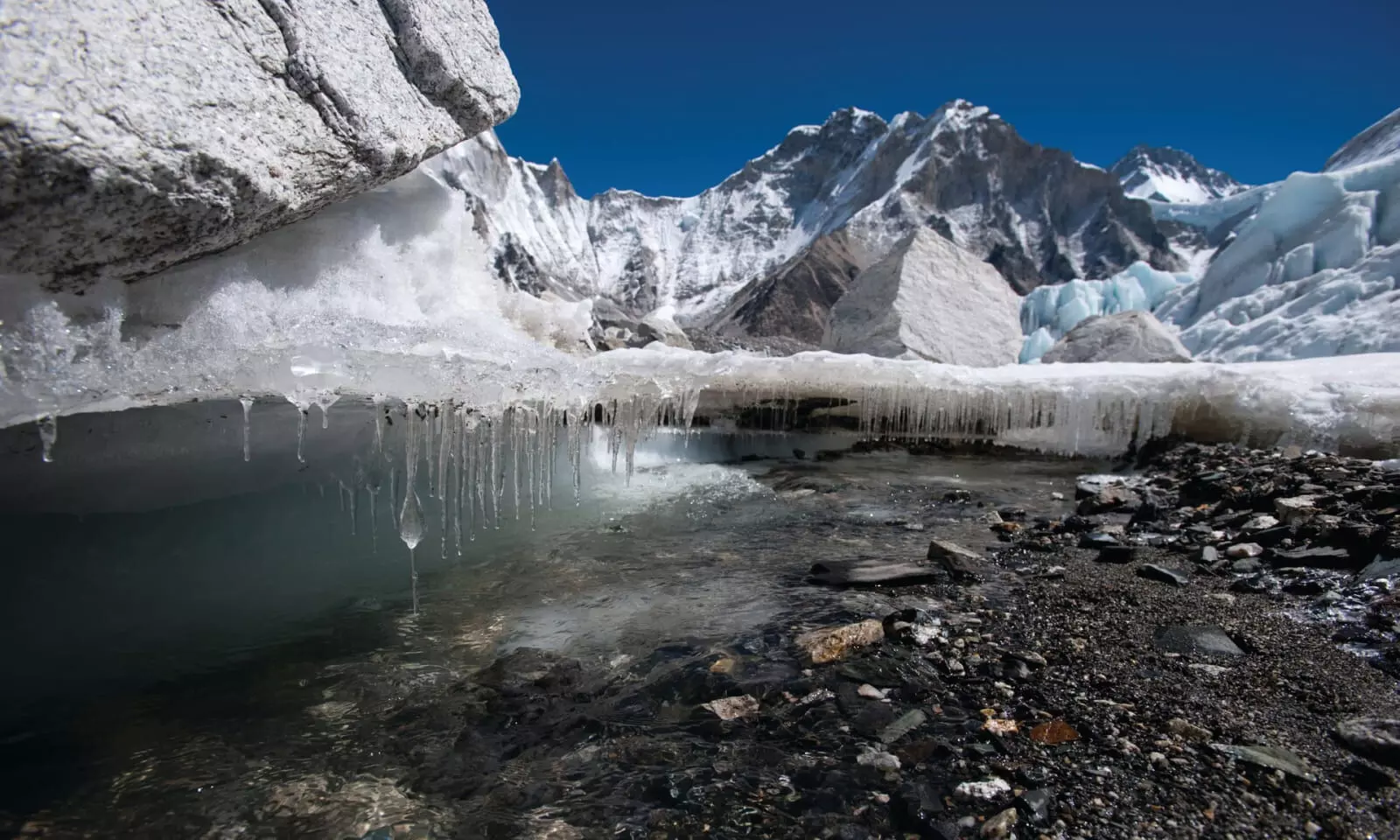
Indian, Japanese Scientists find 600 million-year-old Himalayan ocean
text_fieldsBengaluru: Scientists from Indian Institute of Science (IISc) and Japan’s Niigata University have jointly discovered water trapped in mineral deposits in the Himalayas that were likely left behind from an ancient ocean which existed around 600 million years ago.
The deposits, which had both calcium and magnesium carbonates, were thoroughly analysed by the team, which helped them to reach a possible explanation for events that might have led to a major oxygenation event in Earth's history, Bengaluru-based IISc said in a release on Thursday.
According to the statement, scientists believe that between 700 and 500 million years ago, thick sheets of ice covered the Earth for an extended period, called the Snowball Earth glaciation, one of the major glacial events in Earth's history. What followed this was an increase in the amount of oxygen in the Earth's atmosphere, called the Second Great Oxygenation Event, which eventually led to the evolution of complex life forms.
So far, scientists have not fully understood how these events were connected due to the lack of well-preserved fossils and the disappearance of all past oceans that existed in the Earth's history, IISc noted, adding that exposures of such marine rocks in the Himalayas can provide some answers.
"We have found a time capsule for paleo oceans," said Prakash Chandra Arya, a PhD student at the Centre for Earth Sciences (CEaS), IISc, and first author of the study published in 'Precambrian Research'.
"We don't know much about past oceans," said Mr Arya. "How different or similar were they compared to present-day oceans? Were they more acidic or basic, nutrient-rich or deficient, warm or cold, and what was their chemical and isotopic composition?" Such insights could also provide clues about the Earth's past climate, and this information can be useful for climate modelling, he added.
The deposits found by the team, which date back to around the time of the Snowball Earth glaciation, showed that the sedimentary basins were deprived of calcium for an extended period, probably due to low riverine input.
"During this time, there was no flow in the oceans, and hence no calcium input. When there is no flow or calcium input, as more calcium precipitates, the amount of magnesium goes up," Sajeev Krishnan, Professor at CEaS and corresponding author of the study explained.
The team hunted for these deposits across a long stretch of the western Kumaon Himalayas, extending from Amritpur to the Milam glacier, and Dehradun to the Gangotri glacier region.
Using extensive laboratory analysis, they were able to confirm that the deposits are a product of precipitation from ancient ocean water, and not from other places, such as the Earth's interior, for example, from submarine volcanic activity.
The researchers believe that these deposits can provide information about ancient oceanic conditions such as pH, chemistry, and isotopic composition, which have so far only been theorised or modelled. Such information can help answer questions related to the evolution of oceans, and even life, in Earth's history, it was stated.
With inputs from PTI






